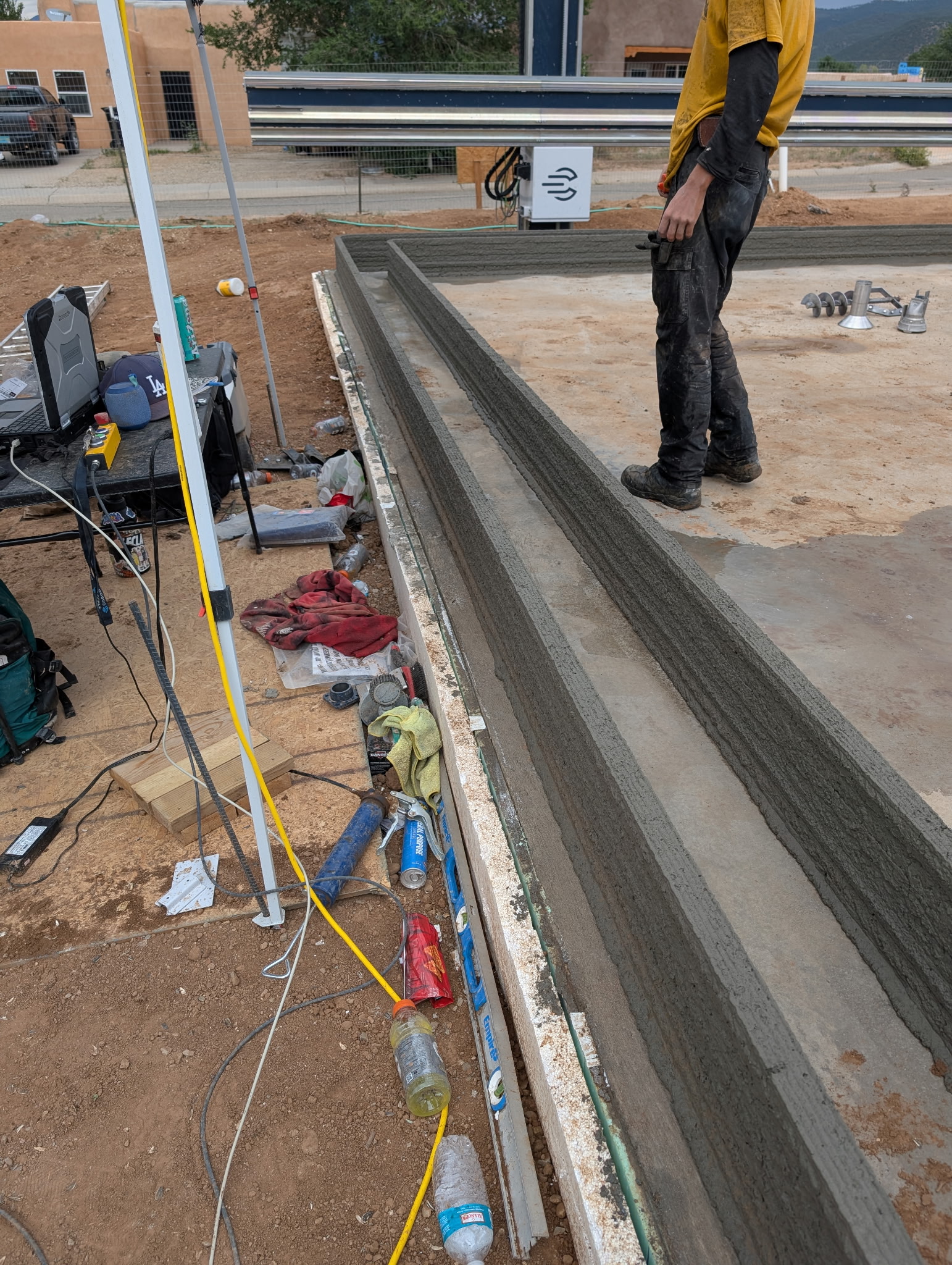Podcast: Play in new window | Embed
Subscribe: Apple Podcasts | Android | RSS | More
FAQ: Heating and Cooling Buildings
- What is a Passive Building?
- A Passive Building is a structure designed to maintain a comfortable interior climate primarily through passive heating and cooling strategies, minimizing the need for mechanical systems. These buildings emphasize energy efficiency through elements like insulation, airtight construction, strategic window placement, and thermal mass.
- How does climate influence building design?
- Climate plays a crucial role in dictating suitable building designs. Factors like solar orientation, prevailing winds, temperature fluctuations, and humidity levels influence the selection of materials, building orientation, window placement, and shading strategies. For instance, in hot, arid climates, thick walls with high thermal mass help moderate indoor temperatures, while in humid climates, cross-ventilation becomes essential.
- What is thermal mass, and how does it contribute to energy efficiency?
- Thermal mass refers to the ability of a material to absorb and store heat energy. Materials like concrete, stone, or water act as thermal batteries, absorbing heat during the day and slowly releasing it at night. This process moderates temperature fluctuations, reducing the reliance on heating and cooling systems.
- What are Trombe walls, and how do they work?
- Trombe walls are passive solar heating systems that utilize a south-facing wall made of a dark, heat-absorbing material like concrete or stone. A layer of glass or glazing is installed a few inches in front of the wall, creating an air space. Sunlight heats the wall, and the trapped air circulates heat into the building. Vents at the top and bottom of the wall can control airflow.
- How does the greenhouse effect contribute to passive heating?
- South-facing windows function similarly to greenhouses, allowing short-wave solar radiation to enter but trapping the longer-wave infrared radiation emitted by heated surfaces inside. This “greenhouse effect” passively heats the building during the day, and thermal mass materials store the heat for later use.
- What is the difference between R-value and U-value in insulation?
- R-value measures a material’s resistance to heat flow; higher R-values indicate better insulation. Conversely, U-value (or U-factor) measures heat transfer; lower U-values mean better insulating properties. Both values help assess the energy efficiency of insulation materials.
- What are earth tubes, and how can they be used for cooling?
- Earth tubes are buried pipes that utilize the stable, cooler temperatures of the earth to cool and dehumidify air drawn through them. As warm air flows through the tubes, it loses heat to the surrounding soil. The cooled air, often with reduced humidity due to condensation within the tubes, then enters the building, providing passive cooling.
- What are the advantages of using natural building materials like adobe or rammed earth?
- Natural building materials like adobe or rammed earth offer several advantages. These materials are often locally sourced, reducing transportation costs and environmental impact. Their inherent thermal mass properties contribute to passive heating and cooling, and they can create unique, aesthetically pleasing structures. Additionally, these materials are often more sustainable and healthier for occupants compared to some conventional building materials.






Leave A Comment